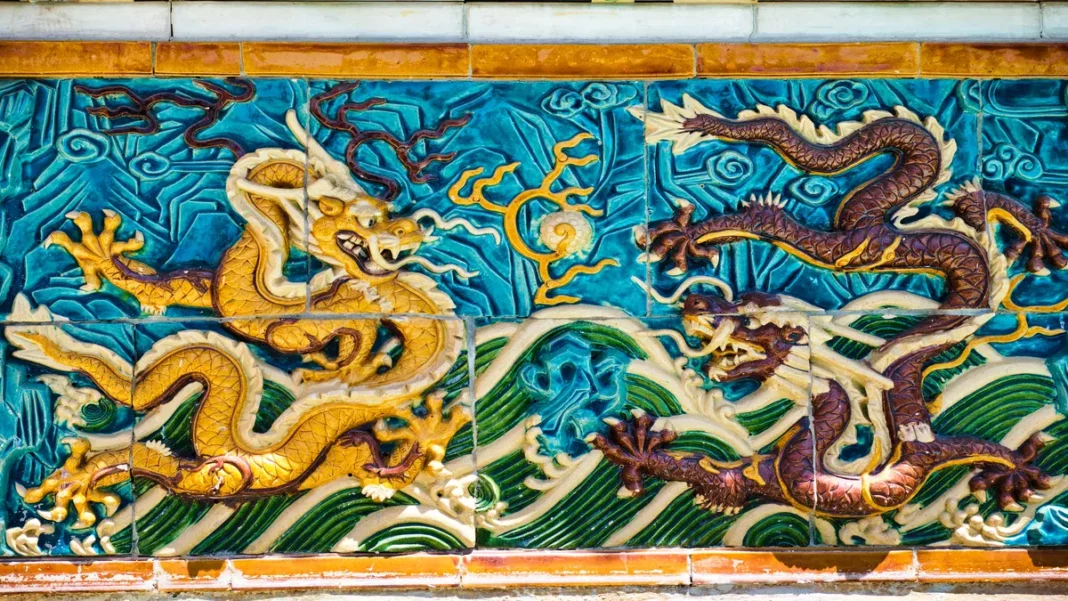Calligraphy is a visual art unique to Asian cultures; Korea is no exception. Korean calligraphy has a rich history, dating back thousands of years. It has evolved to reflect the changing cultural and artistic tastes of the Korean people. From the use of Chinese characters in ancient times to today’s modern styles, Korean calligraphy has always been an integral part of Korean culture.
Ancient Korean Calligraphy
The earliest known examples of Korean calligraphy date back to the Three Kingdoms period (57 BC – 668 AD). Korea was divided into three kingdoms: Goguryeo, Baekje, and Silla. The calligraphy of this period was heavily influenced by Chinese characters used in written communication.
During the Goryeo Dynasty (918-1392), Korean calligraphy began to develop its own style. The use of Hangul, the Korean alphabet, became more widespread, and calligraphers began experimenting with different styles and techniques. The Goryeo Dynasty is considered a golden age of Korean calligraphy, with many masterpieces created during this time.
Joseon Dynasty Calligraphy
The Joseon Dynasty (1392-1910) developed many different calligraphy styles. One of the most famous calligraphers of this period was King Sejong, who invented the Korean alphabet, Hangul. He was also a skilled calligrapher and left many examples of his work behind.
Another notable calligrapher of the Joseon Dynasty was Kim Jeong-hui. He developed a calligraphy style known for its graceful curves and flowing lines. Kim Jeong-hui’s calligraphy was widely admired, and many calligraphers today still study his work.
Modern Korean Calligraphy
In the modern era, Korean calligraphy has continued to evolve. Today, calligraphers use a variety of styles and techniques, from the traditional to the modern. Some calligraphers still use Chinese characters, while others focus on Hangul.
One of the most well-known modern calligraphers is Lee Sang-jae. He is known for his bold, expressive style, which incorporates elements of traditional Korean calligraphy with modern artistic sensibilities.
In recent years, there has been a renewed interest in Korean calligraphy, both in Korea and worldwide. Many artists are incorporating calligraphy into their work, and numerous exhibitions and competitions are dedicated to the art form.
For more information on Korean art – as well as one of the unique collections of Korean contemporary art – visit kaesongcollection.com
Also Read: Magnetic Hill In Ladakh: A Proper Tour Guide


